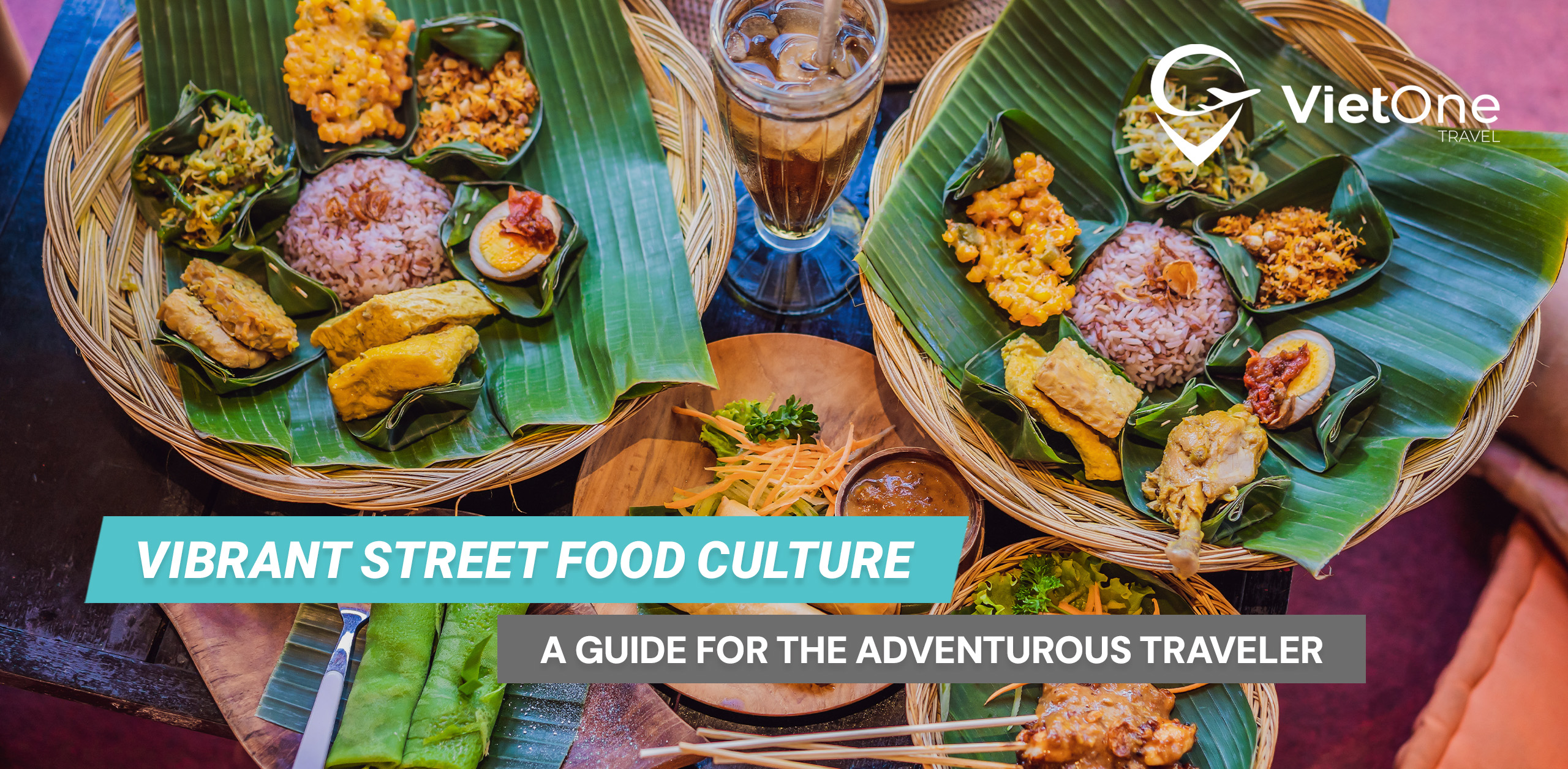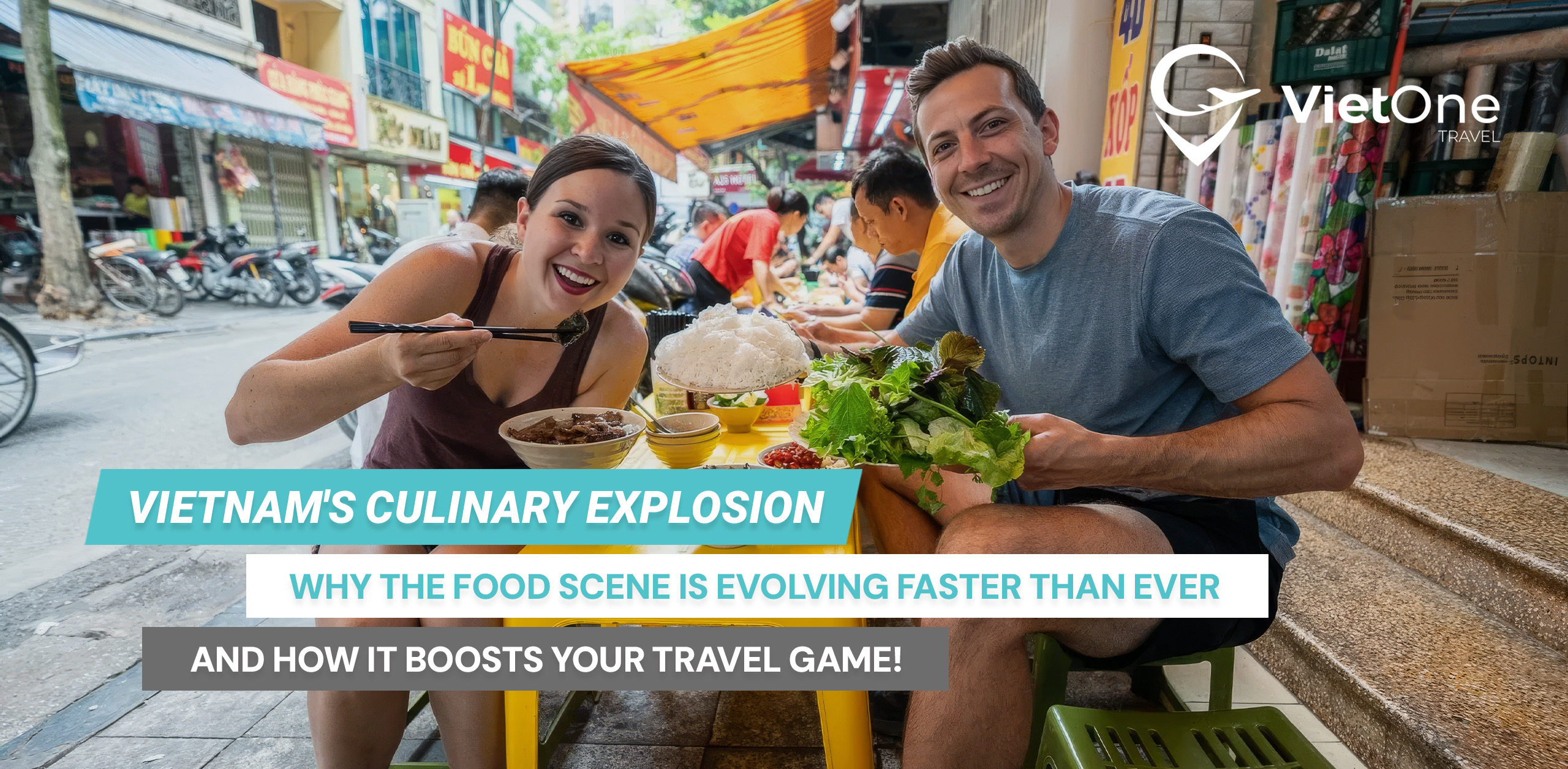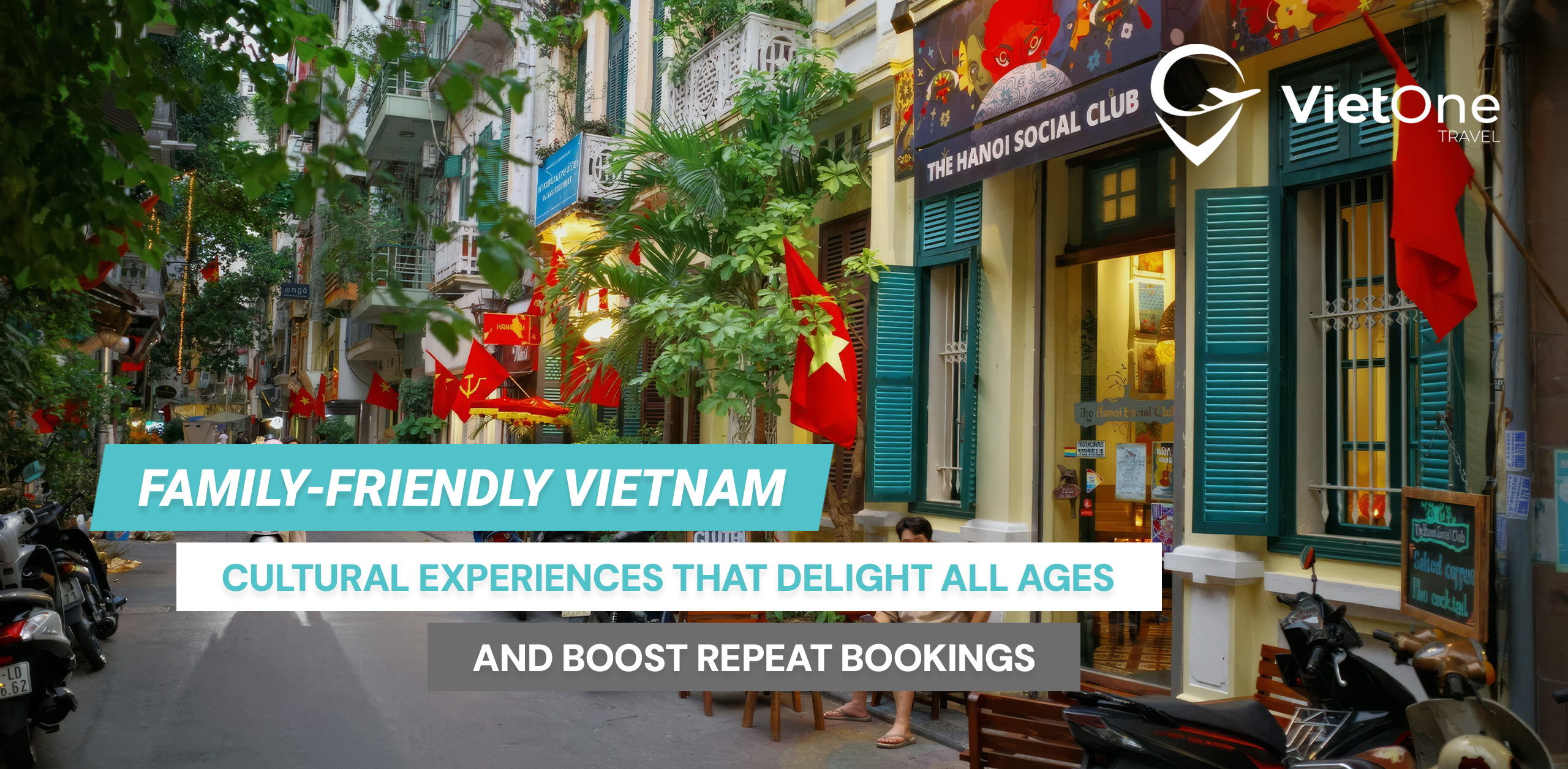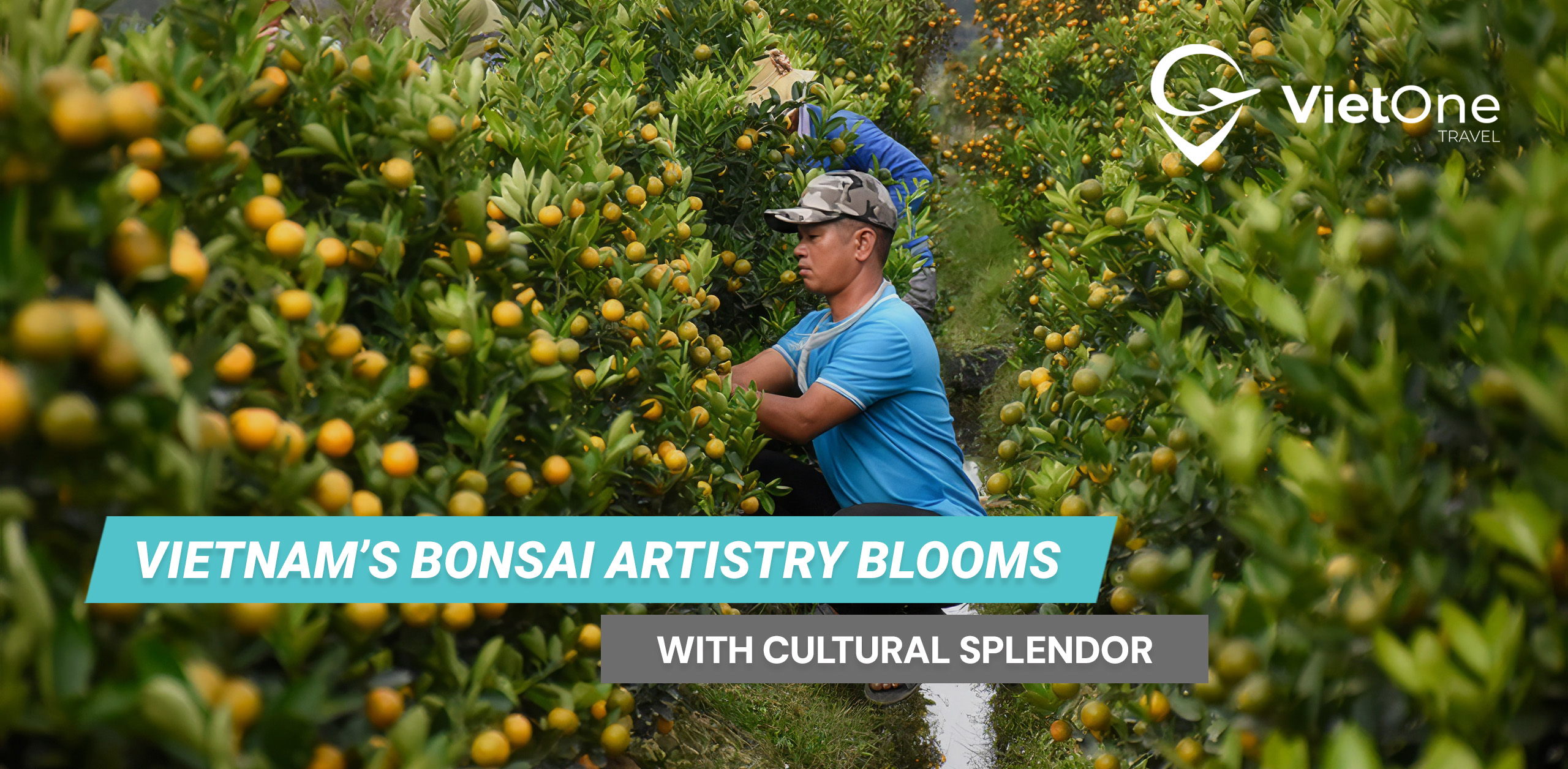Hey there, fellow travel pros! If you’ve been keeping an eye on Vietnam, you know it’s not just the beaches and history pulling in crowds—it’s the food. Vietnam’s culinary scene is rocketing forward at breakneck speed, blending ancient flavors with modern twists that have everyone from street food fans to fine-dining aficionados buzzing. At VietOne Travel, we’ve seen firsthand how this rapid evolution is turning trips into unforgettable feasts. Let’s dive in, shall we? We’ll break down what “the scene” really means, the forces fueling this food frenzy, and how it’s playing out in big cities and charming smaller spots—all while keeping the cultural heart beating strong.
What exactly is Vietnam’s “Culinary Scene”?
Picture this: a whirlwind of sizzling street stalls, elegant eateries, and innovative pop-ups that showcase Vietnam’s love affair with fresh ingredients, bold spices, and communal eating. “The scene” isn’t just about pho and spring rolls (though we adore them!); it’s a dynamic mix of traditional home-style cooking, fusion experiments, and sustainable dining. Rooted in regional diversity—northern subtlety, central spice, southern sweetness—it’s all about balance, from the five elements (sweet, sour, salty, bitter, umami) to meals shared with family and friends. Culturally, food here is more than fuel; it’s a storytelling medium, honoring ancestors, celebrating festivals, and fostering connections. And boy, is it changing fast!
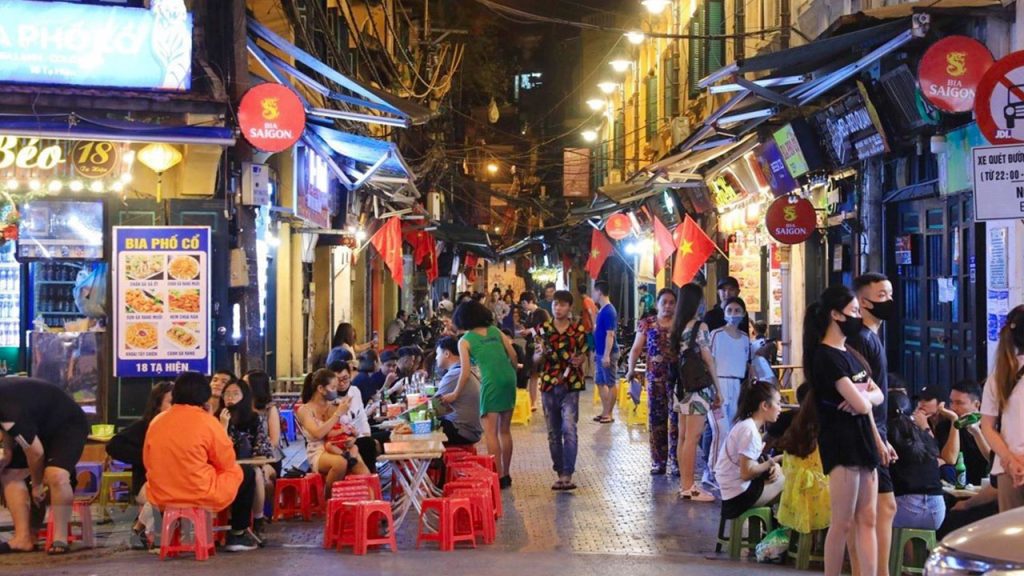
The Driving Forces Behind This Tasty Takeoff
What’s propelling Vietnam’s food world into overdrive? A perfect storm of factors! Rapid urbanization and a booming middle class are craving healthier, trendier options like veggie-packed dishes and spicy global fusions. Tourism is a huge driver too—with millions flocking in, restaurants are diversifying menus to wow international palates, boosting the industry by an expected 10.92% in 2024 alone. Economic growth, tech like cloud kitchens, and farm-to-table movements are shaking things up, making dining more accessible and eco-friendly. Plus, young chefs trained abroad are infusing local traditions with international flair, while social media turns hidden gems into must-visits overnight. Even amid economic dips, the scene’s resilience shines, with innovations keeping revenue streams flowing. For us at VietOne Travel, this means curating itineraries that let clients taste the future without missing the classics.
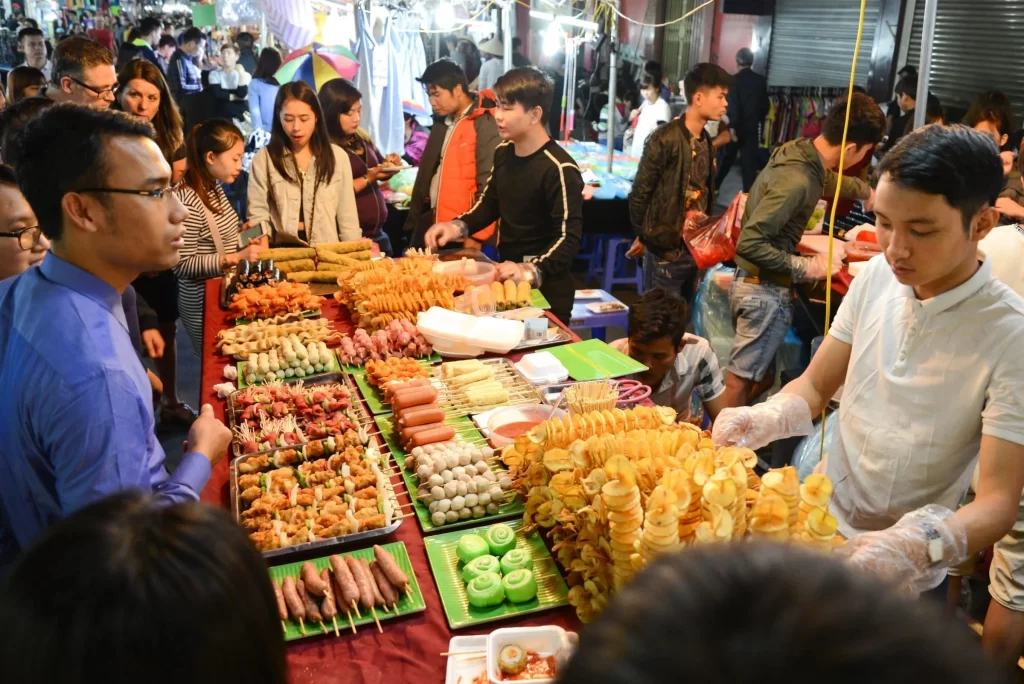
Major Cities: Where the Action is Hot and Happening
In powerhouse spots like Hanoi, Ho Chi Minh City (HCMC), and Da Nang, the culinary pace is electric. Hanoi, once crowned the world’s best food destination in 2024, is rolling out new spots like Korean fine dining and French bistros, blending its Chinese-French roots with modern vibes. HCMC’s scene is a melting pot, with fusion cuisine exploding and Michelin-starred gems like Anan Saigon drawing luxury seekers—prices can hit 20 times street food levels, but oh, the experience! Da Nang? It’s emerging as a global star, hosting the 2025 Michelin Guide reveal and spotlighting seafood-heavy delights. The 2025 Michelin Guide boasts a record 181 spots across these cities, including 9 One-Star restaurants and 2 Green Stars for sustainability—proof of the creativity surging here. These developments aren’t just trendy; they’re turning dining into a prime tourist draw, perfect for upselling premium packages.
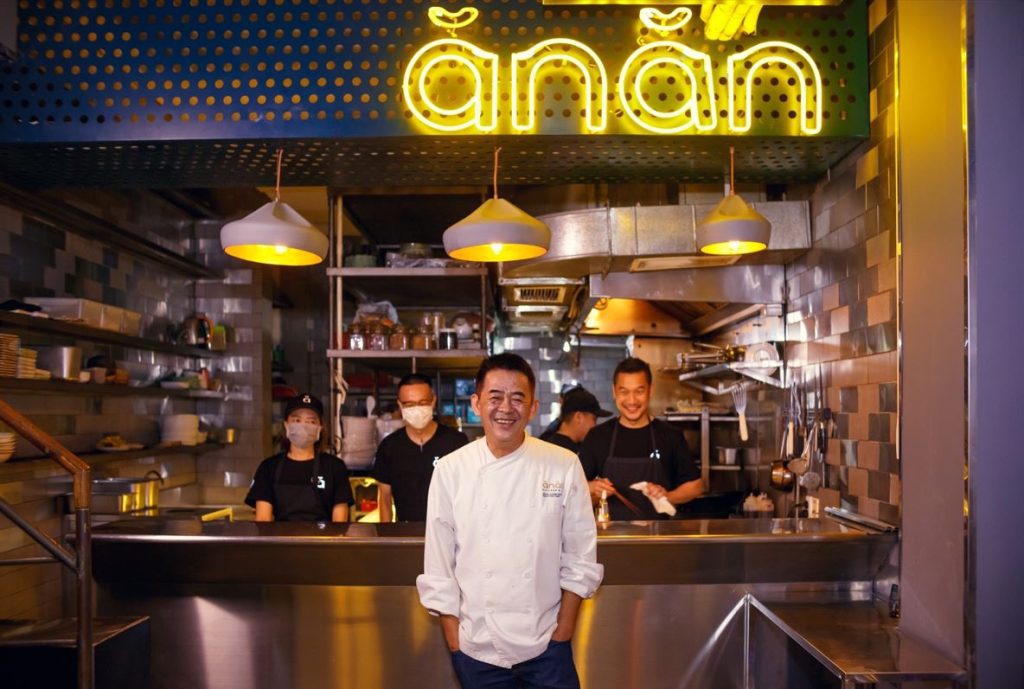
Inside a Michelin-starred spot in HCMC – elegance meets innovation.
Smaller Cities: Quiet Revolutions with Big Flavor
Don’t sleep on the smaller gems like Hue, Hoi An, and Nha Trang—they’re evolving just as swiftly, often with a more intimate, cultural twist. Hue’s imperial legacy shines in its unique street food, merging royal techniques with everyday affordability, like intricately carved dishes that nod to ancient emperors. Hoi An, a UNESCO darling, is seeing Bib Gourmand nods in Michelin tours, with its lantern-lit streets hosting fresh takes on cao lau noodles amid growing tourism. Nha Trang’s coastal vibe amps up seafood festivals, where fresh catches meet international influences (hello, Russian tourists pushing luxury eats!). These spots are riding the same waves—tourism booms and health trends—but with a focus on preserving local heritage, like farm-fresh ingredients that tie back to Vietnam’s agrarian roots. It’s slower than the big cities, but the authenticity? Chef’s kiss!

Imperial elegance on a plate in Hue – tradition at its finest.
And for a seaside spin:

Fresh catches at Nha Trang market – coastal cuisine in action!
The Cultural Heart: Tradition Meets Tomorrow
At its core, this rapid growth honors Vietnam’s cultural tapestry. Food here reflects history—French colonial baguettes in banh mi, Chinese influences in pho—while adapting to modern demands like sustainability and health. Yet, there’s a beautiful balance: innovations preserve essence, like using local herbs in fusion dishes or eco-friendly sourcing that echoes communal farming traditions. Even as Vietnam slips from some global lists (like Tripadvisor’s 2025 top 25), its ascent in Michelin rankings shows a maturing scene that’s globally competitive yet deeply rooted. For travel agents, this means crafting experiences that let clients connect culturally—think cooking classes in Hue or street food tours in Hanoi—that leave them raving and returning.
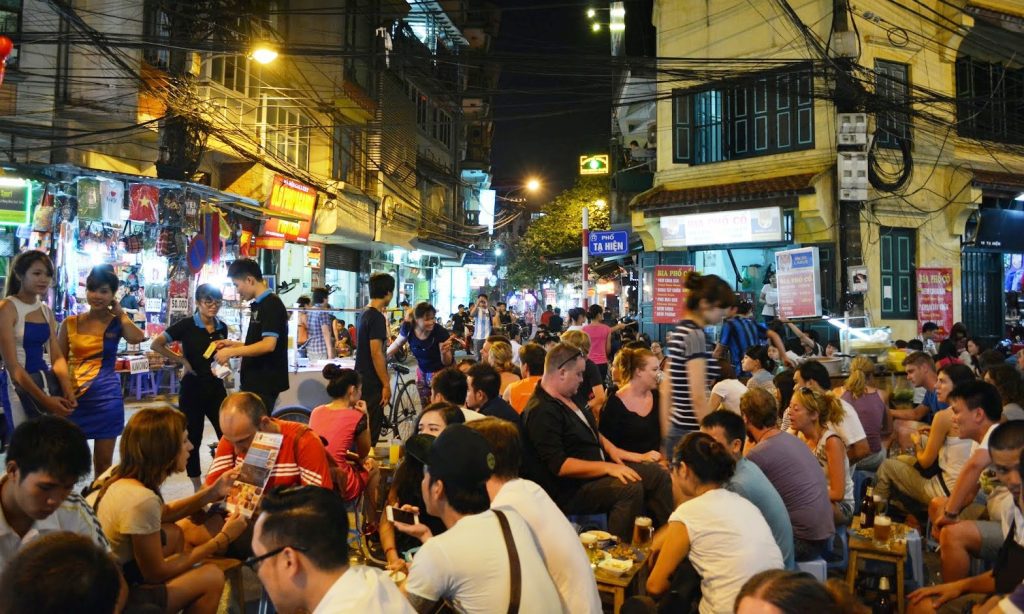
Wrapping It Up: Spice Up Your Itineraries!
Vietnam’s culinary scene isn’t just developing—it’s exploding, driven by tourism, innovation, and a passion for flavor that spans cities big and small. As travel experts, tapping into this can supercharge your offerings, from luxury Michelin jaunts to authentic local bites. At VietOne Travel (check us out at www.vietone.travel), we’re all about making these evolutions accessible for your clients. Ready to plan a food-forward adventure? Let’s chat and turn those trips into taste sensations!

